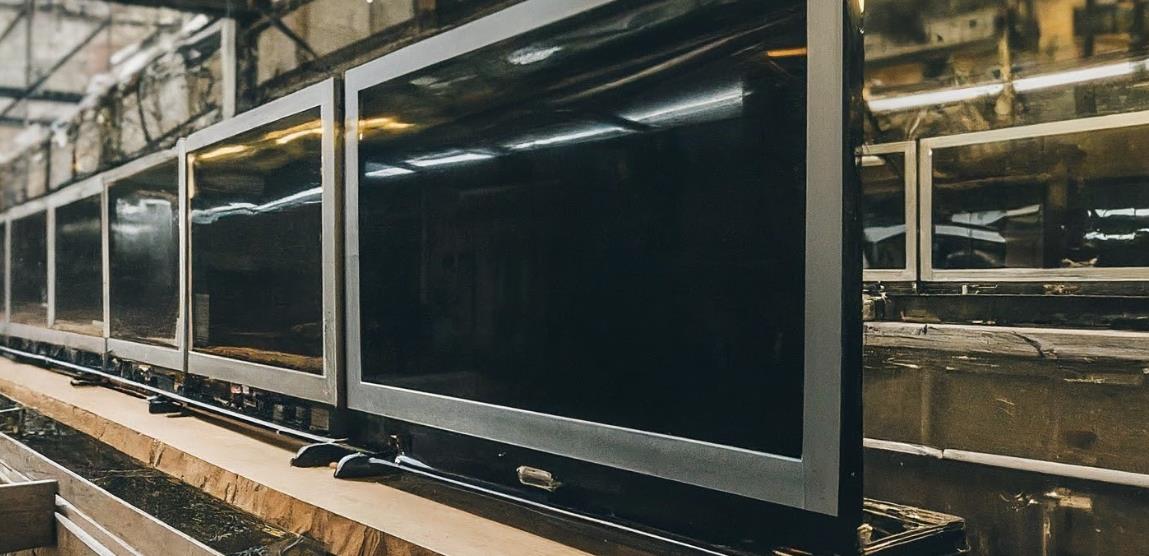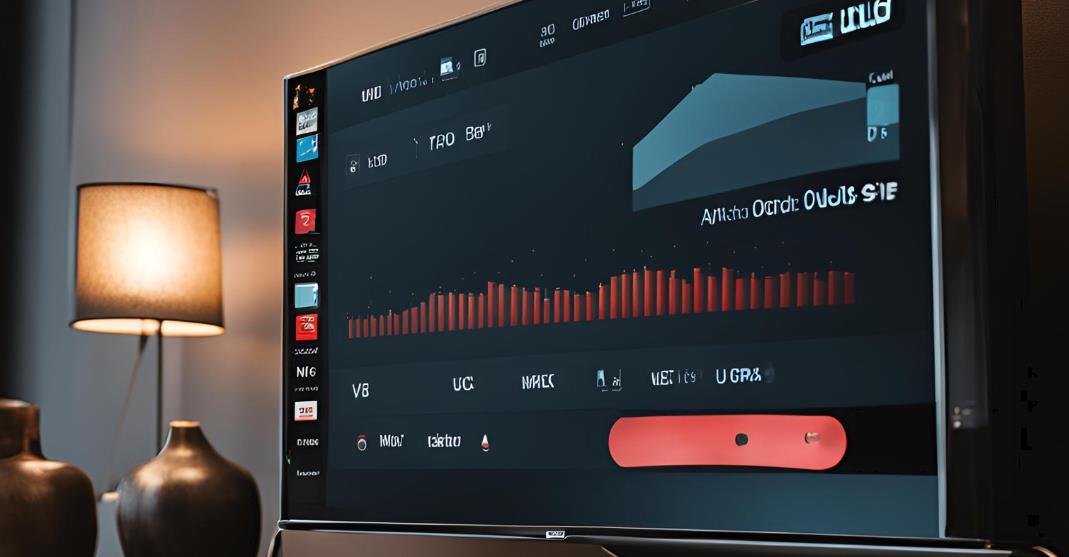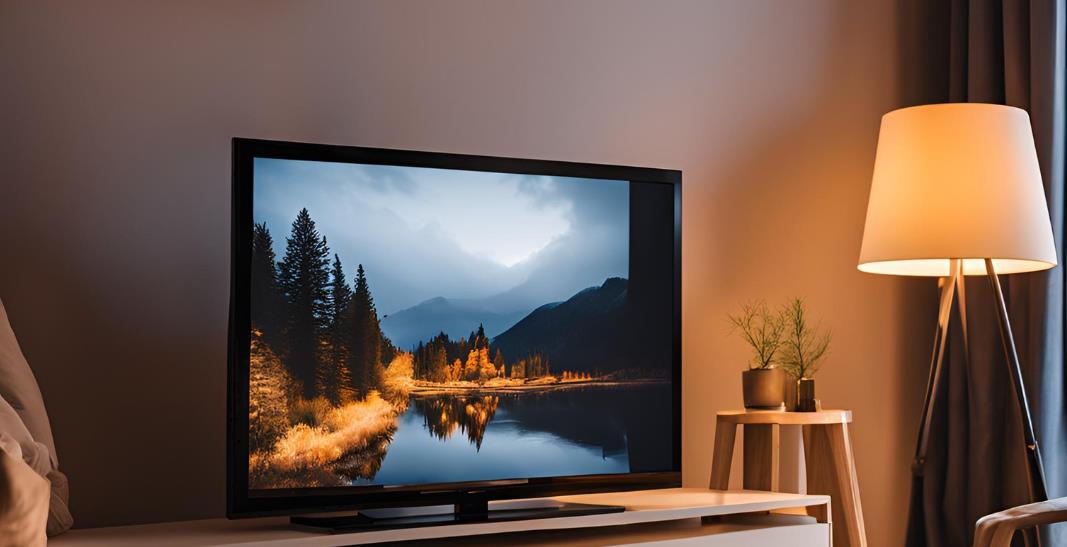Are you thinking about a television brand with high quality and suddenly Samsung came to your mind? Samsung is one of the leading names in the electronic industry that has made its mark by producing high quality and innovative products. You may be wondering about where are Samsung TVs manufactured or what goes into their production? This blog will give you the best locations of production facilities and the impacts this has on the global market and consumers.
Samsung Electronics: The Company Behind the TVs
History of Samsung’s TV Division
Samsung’s journey into the TV industry began in 1969 when it entered the market with black-and-white television sets. Over the decades, the company has still pushed boundaries, introducing key innovations:
- 1976: First color TV
- 1998: First digital TV
- 2006: First LED TV
- 2009: First LED 3D TV
- 2013: First curved UHD TV
- 2018: Introduction of QLED 8K TVs
This timeline is highlighting Samsung’s commitment to staying ahead of the curve and providing consumers with state-of-the-art television technology.
Samsung’s Global Presence in the Electronics Industry

Samsung Electronics, have a division of the larger Samsung Group that has grown to become one of the world’s largest electronics manufacturers. The company’s influence is very global and with research centers, sales offices, and manufacturing facilities spread across several continents. This expansive presence also allows Samsung to adapt to local market needs while maintaining a competitive advantage in the fast-paced world of consumer electronics.
Samsung TV Manufacturing Facilities
Overview of Samsung’s Production Locations Worldwide
The samsung’s TV production is not confined to one location. The company operates numerous manufacturing plants globally, each playing a crucial role in its supply chain. The main production facilities are located in:
- South Korea
- Vietnam
- Hungary
- Mexico
- China
- Russia
- Egypt
These facilities collectively ensure Samsung can meet the global demand for its televisions while optimizing production costs and logistics.
Key Manufacturing Hubs and Their Specializations
Usually China is the key manufacturer of most of the Television brands and even Insignia TV and its all input sources like USB ports are mostly take care and produced in China. There is difference in Samsung manufacturing facilities that focus on different types of TVs, allowing the company to streamline production:
- South Korea: This place is known for producing high-end QLED and 8K models.
- Vietnam: The largest Samsung TV production hub, responsible for a significant portion of global output.
- Hungary: Hungary is serving as a primary hub for the European market.
- Mexico: Produces TVs for the North American market, optimizing shipping and distribution times.
By distributing production across these hubs, Samsung remains agile in responding to regional demand.
The Samsung TV Production Process
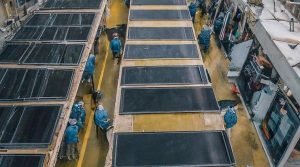
Step-by-Step Breakdown of TV Manufacturing
- Design and Planning: Engineers and designers work together to finalize the specifications and aesthetics of the TV.
- Component Sourcing: Samsung procures very many high-quality components both from its subsidiaries and third-party suppliers.
- Panel Production: The display panel is produced using effective and fast advanced QLED, OLED, or LED-LCD technologies.
- Assembly: The components are assembled on automated production lines.
- Software Installation: Samsung’s proprietary operating system is loaded, and smart features are installed during this step.
- Quality Control: Rigorous testing makes sure the TV meets all quality standards.
- Packaging: The TV is securely packaged for shipping to distribution centers and retailers.
Advanced Technologies Used in Production Lines
Samsung uses a variety of advanced technologies in its manufacturing process, including:
- Automated assembly systems to streamline production and improve efficiency.
- AI-powered quality control to detect defects in real-time.
- 3D printing for rapid prototyping.
- Virtual reality to assist in design visualization and quality control.
These technologies enable Samsung to produce top-quality TVs while innovating continuously.
Samsung TV Components and Suppliers
Key Components in Samsung TVs
The samsung TVs consist of several critical components, including:
- Display panel: The heart of the TV, often QLED or OLED.
- Processors: Samsung’s proprietary chips handle image processing.
- Backlighting systems: Provide illumination for the display.
- Smart TV hardware: Enables internet connectivity and smart features.
- Audio systems: Speakers and audio processing components.
- Power supply and chassis: The structural framework of the TV.
Major Suppliers and Technology Partners
While Samsung manufactures many components in-house, it also relies on several key suppliers:
- Samsung Display: A subsidiary that supplies display panels.
- Intel and AMD: Provide processors for specific smart TV functions.
- Harman International: Contributes to Samsung’s audio technology.
- Corning: Supplies specialized glass for displays.
These partnerships are vital in ensuring the quality and functionality of Samsung TVs.
Quality Control in Samsung TV Manufacturing
Samsung’s Quality Assurance Processes
Samsung maintains a high quality control process and that includes:
- Component testing before assembly.
- In-line quality checks during assembly.
- Functional testing of completed units.
- Image quality assessments to ensure color accuracy and brightness.
- Stress testing under various environmental conditions.
- Smart TV function verification to ensure internet connectivity and apps work smoothly.
Testing and Certification Procedures
Before the mass production, each Samsung TV model undergoes several certifications, including:
- EMC testing to make sure electromagnetic compatibility.
- Safety certifications for international compliance.
- Energy efficiency ratings to meet global standards.
- HDR certification for TVs supporting high dynamic range.
These steps make sure that Samsung’s TVs meet the highest quality and safety standards.
Samsung’s In-House vs. Outsourced Production

Comparison of Internal and External Manufacturing
Samsung uses a mixed combination of in-house and outsourced production:
- In-House Production: Enables tighter control over quality, faster implementation of new technologies, and better protection of proprietary processes.
- Outsourced Production: Provides flexibility, reduces costs, and allows Samsung to benefit from specialized expertise.
Benefits and Challenges of Each Approach
In-House Production:
- Benefits: The consistent quality, faster technological advancements, and intellectual property protection.
- Challenges: This requires significant investment and may be less flexible in handling fluctuating demand.
Outsourcing:
- Benefits: There is lower costs and more flexible production scaling.
- Challenges: Requires stringent quality checks and may lead to supply chain disruptions.
Innovation in Samsung TV Manufacturing
Research and Development Initiatives
Samsung invests heavily in R&D, focusing on:
- Advanced materials for displays.
- AI and automation to improve manufacturing efficiency.
- Sustainability in production methods and materials.
Recent Technological Advancements in TV Production
Samsung continues to innovate in its production processes, including:
- Quantum Dot Technology for better color accuracy.
- MicroLED Production for next-gen display tech.
- 8K Scaling for higher resolution displays.
- Smart Factory Integration using IoT and big data analytics.
Sustainability in Samsung TV Production
Eco-Friendly Manufacturing Practices
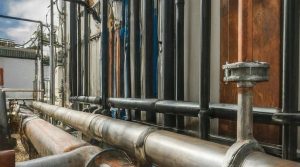
Samsung has made so much strides in sustainable production, including:
- Energy-efficient facilities that rely on renewable energy.
- Water conservation systems in production plants.
- Sustainable packaging with recyclable materials.
Recycling and Waste Reduction Efforts
Samsung is also involved in the recycling programs:
- E-waste collection programs in partnership with retailers and governments.
- Upcycling initiatives that repurpose components from old TVs.
These efforts are reducing the environmental impact of Samsung TV manufacturing.
The Global Impact of Samsung TV Manufacturing
Economic Contributions to Manufacturing Countries
Samsung’s TV production facilities provide significant economic benefits, including:
- Job creation in engineering, manufacturing, and management.
- Infrastructure development to support large-scale manufacturing.
- Tax contributions to local and national governments.
Job Creation and Skill Development in the TV Industry
Samsung’s global presence fosters workforce training and innovation hubs, leading to:
- Specialized skill development in electronics manufacturing.
- Educational partnerships to train the next generation of engineers.
- Local innovation centers that promote regional talent.
Challenges in Samsung TV Manufacturing
Supply Chain Issues and Mitigation Strategies
Samsung faces several challenges, including:
- Component shortages in global supply chains.
- Geopolitical tensions affecting trade.
- Natural disasters disrupting production.
To mitigate these issues, Samsung diversifies its suppliers, increases vertical integration, and maintains strategic reserves of components.
Adapting to Changing Consumer Demands
Samsung is continuing to adjust its production processes to meet consumer demand for larger screens, improved picture quality, and advanced smart TV features.
Future of Samsung TV Production
Emerging Technologies in TV Manufacturing
Looking ahead and the Samsung is exploring several emerging technologies:
- Quantum computing for simulations and optimizations.
- 3D printing for custom component production.
- Augmented reality to aid in assembly and inspections.
Predictions for the Evolution of Samsung’s TV Division
Samsung’s future in TV production will likely focus on greater personalization, sustainable practices, and integration with smart home ecosystems.
Comparison with Other TV Manufacturers
How Samsung’s Manufacturing Process Differs from Competitors
Samsung stands out with its vertical integration. The innovation-driven R&D, and a global manufacturing network that allows for faster, more efficient production.
Unique Aspects of Samsung’s Production Approach
Key differentiators include:
- Modular design for efficient production.
- Flexible production lines capable of adapting to different TV models.
- Sustainability initiatives that lead the industry in eco-friendly practices.
Consumer Implications: What It Means for Buyers
How Manufacturing Processes Affect TV Quality and Pricing

Samsung’s very efficient and advanced manufacturing methods translate into:
- Reliable, high-performance TVs across various price points.
- Faster access to new technologies.
- Eco-friendly options for environmentally conscious consumers.
What Consumers Should Know About Samsung TV Production
When you are purchasing a Samsung TV, it’s very important to understand that while Samsung is a South Korean brand, its TVs are manufactured in various countries, including Vietnam, Mexico, and South Korea. The global production network ensures that Samsung can maintain consistent quality while catering to regional markets, so consumers can trust in the brand’s reliability, regardless of where their TV is assembled.
FAQs on Where are Samsung TVs Manufactured.
Does Samsung outsource its TV production?
Yes, Samsung uses a combined mix of in-house production and outsourcing for some components. This allows more flexibility while maintaining high quality across all TV models.
Are all Samsung TV components made by Samsung?
While Samsung manufactures many key components, it also sources parts from trusted suppliers. This combination allows for efficient production without compromising on quality.
How often does Samsung update its TV manufacturing technology?
Samsung regularly updates its manufacturing processes, integrating new technologies such as AI and automation. This ensures they stay ahead in innovation and maintain high production efficiency.
Can consumers visit Samsung TV manufacturing plants?
Generally, Samsung TV manufacturing plants are not open to the public for the visit due to proprietary technology and security concerns. However, the company occasionally offers tours of select facilities or can do internships for students..

